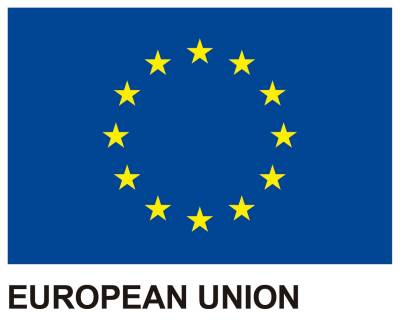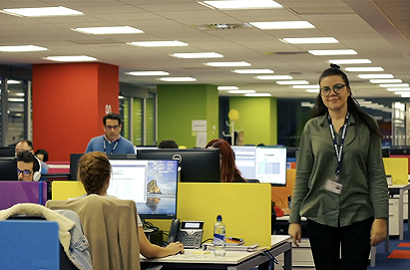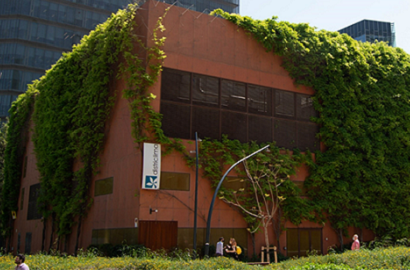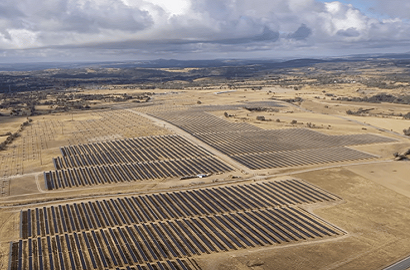Saint-Gobain Isover increases sustainable facilities investment
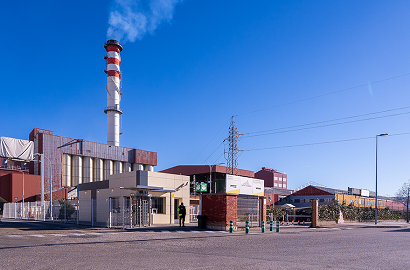
The Azuqueca de Henares plant will reduce its CO2 emissions by 85% with an electric furnace.
Saint-Gobain Isover, a subsidiary of the French group Saint-Gobain, which specialises in insulation solutions for buildings, is installing an electric melting furnace to produce stone wool at its plant in Azuqueca de Henares (Guadalajara). This is a pioneering investment that aims to boost decarbonisation in the construction industry. It does in particular plan to reduce carbon dioxide emissions from this activity by 85%, and total emissions from these facilities by 70%.
This is the first electric arc furnace of its kind in Spain, and represents a major technological breakthrough in the building insulation industry. Its implementation will make it possible to move away from the current technology, a fusion process that requires the use of fossil fuel energy. In this way, the company will also align itself with market demand for building materials with a lower environmental impact.
Energy efficiency
The CEO of Saint-Gobain for the Mediterranean countries, Jean-Luc Gardaz, emphasised that this project is “a decisive step in our commitment to sustainability and innovation. The implementation of this electric furnace not only allows us to drastically reduce our CO2emissions, but also optimises our energy efficiency and strengthens our ability to contribute to developing a more sustainable construction industry.
The company's project at this plant goes even further down this path by aiming to achieve zero emissions. In addition to the electric furnace, it includes implementing a hybrid oven system (gas and electricity) to process glass wool and stone wool. A recycling plant will also be set up for internal production waste, where it will be recovered for re-incorporation into production, thereby reducing the use of raw materials.
Emission of other pollutants
When the project has been completed, the plant will reduce its emissions by over 17,000 tonnes of carbon dioxide per year in absolute terms. It will also significantly reduce emissions of other pollutants, by over 50% in the case of sulphur dioxide (SO2) and less than 50% in the case of nitrogen oxides (NOX).
The use of its products in construction will also contribute to reducing buildings’ carbon footprints. The company indicates that 60% of existing buildings in Spain were built before the use of external wall insulation was mandatory, and that 84% of these belong to the E, F and G categories in terms of energy consumption. A significant potential for retrofitting can be inferred from this, in order to reduce energy consumption and emissions in buildings, something the company is positioning itself to address through its sustainability investments.
Photo: Saint-Gobain

